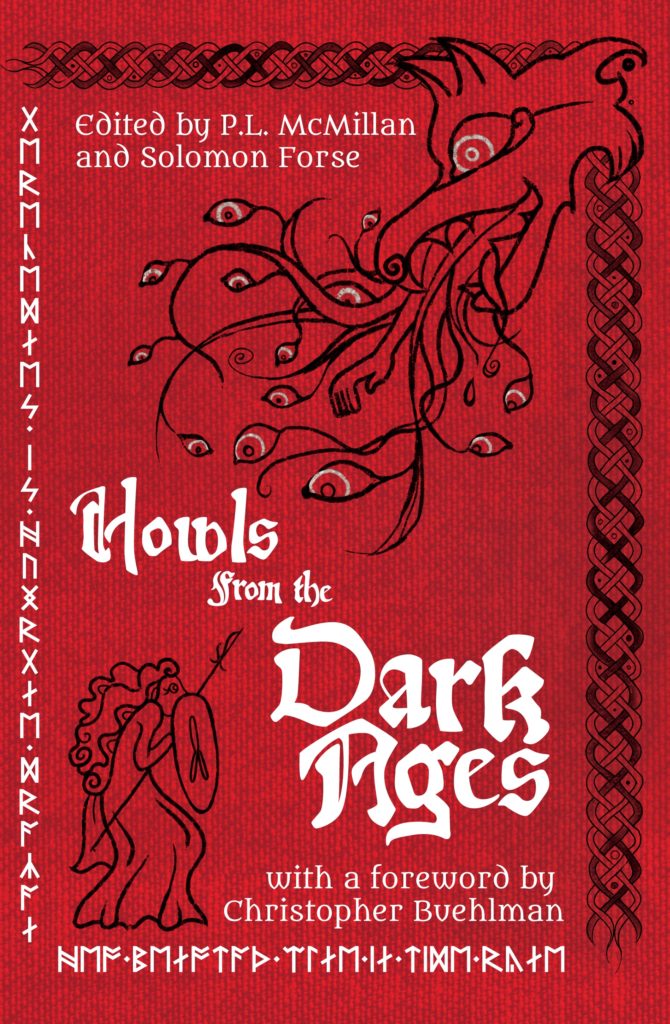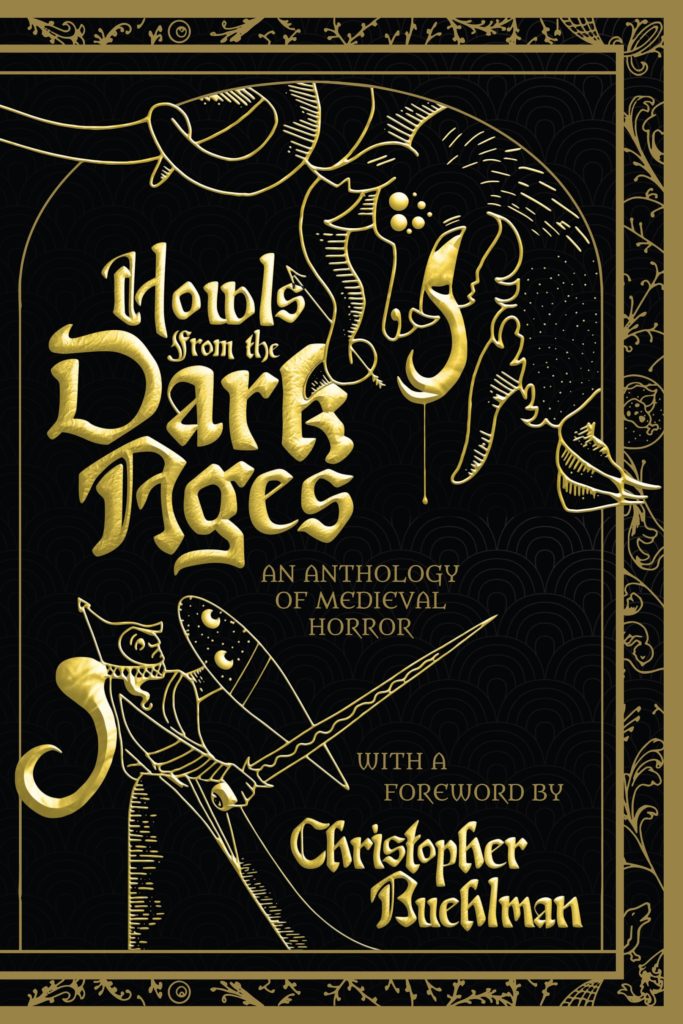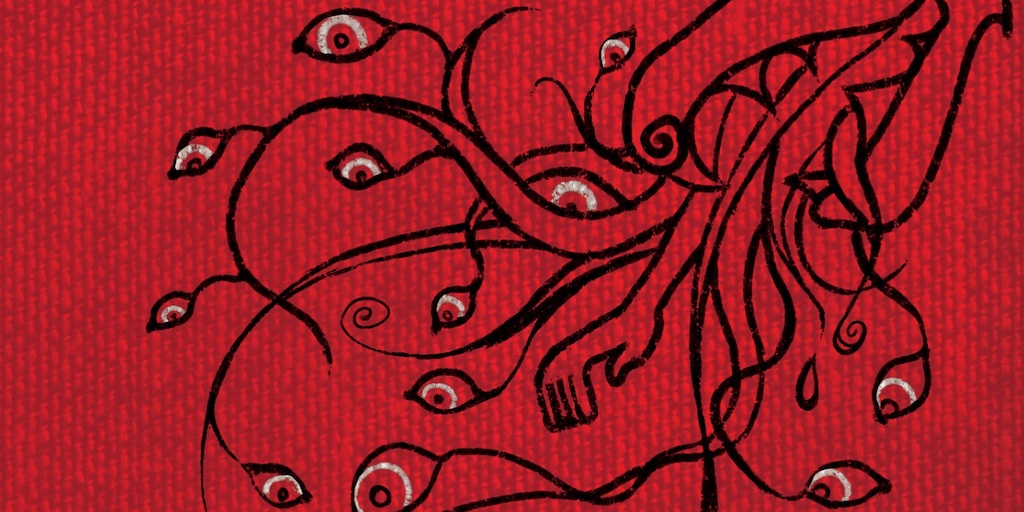How do editors or publishers organize an anthology? They choose a theme. They post an open call. They drown in hundreds of submissions. They find many stories competent, but just as many trunk stories that fit the theme like square pegs pounded into round holes. After days, weeks, and months of sifting through submissions, they finally narrow it down to a select few. And that’s the way it goes. Somehow, it’s the way anthologies have gone for years. But there’s a new method: making an anthology out of a community.
Howls From the Dark Ages, born from HOWL Society, is a community creation. Through the lens of this anthology, I will present an alternative—and arguably more favorable—approach to the traditional anthology curation and publication process.
blank text
blank text
Start with a community
You can embark on your anthology project with a community of any size, whether a virtual critique group, a circle of writer friends, or a class of creative writing students. The more the merrier, but the most important factor is that your writers are itching to write.
Howls From the Dark Ages launched from within the ranks of an online horror book club. If you haven’t heard of our community, HOWL Society appeared in 2020, mostly thanks to the torturous boredom of isolation and our insatiable craving for socialization during the Covid-19 lockdown. Formed out of Reddit’s /r/HorrorLit, HOWL Society is now a bustling Discord server with hundreds of horror readers. Naturally, it supports a small community of horror writers too—namely horror writers itching to write.
Give the readers a voice…
What better way to make your anthology marketable than to simply ask readers what they want to read? Whether by asking within your community or by posting in your social media circles, generate a list of themes that readers want to see.
In HOWL Society, we kicked off our 2022 anthology by running a poll in which all members of our Discord—predominantly horror readers—could suggest the themes they were most passionate about reading. Within only a few days, we amassed dozens upon dozens of suggestions: everything from “aristocracy horror” to “hillbilly horror” to “cryptozoological horror.”
…and the writers too…
Reader buy-in is great, but it won’t help if the writers themselves aren’t excited about exploring the chosen theme. Once you know what the readers are shouting for, ask the writers which themes will get their creative juices flowing.
Of the sixty-odd themes suggested by HOWL Society members, the writers whittled down the directory to three tantalizing topics: corporate horror, found-object horror, and medieval horror.

…but you make the final decision.
If you’re going to pay your writers a professional rate, it all comes down to the money you can generate from book sales—and that starts with marketability. Choose the theme you know you can sell. Community recommendations are reliable, but it is vital to check the market and verify there’s an audience out there waiting for your book to hit the shelves.
As much as our HOWL Society writers would have jumped at the opportunity to brainstorm garage-sale ghost stories or mashups of Office Space and Ligottian horror, we couldn’t pay them if we couldn’t sell books. Through a series of market searches on Google, Reddit, and GoodReads, we quickly discovered the horror community was hungry for medieval horror. We encountered post after post with readers asking questions like, “Are there any medieval horror books?” or “Where can I find horror stories set in the Middle Ages?” Furthermore, a good portion of HOWL Society members were already die-hard fans of Christopher Buehlman’s Between Two Fires, arguably the first medieval horror book to really shake up the market, and we found plenty of other fans out there who wanted more. Added to the upcoming releases of films The Green Knight and The Northman, we couldn’t pass up the perfect timing.
Create a venue for questions and suggestions
After solidifying your theme, developing your guidelines, and posting to your community, it’s time to create a space where writers can communicate with the editors. When writers know their voices are heard and their opinions are valued, you can expect them to write with greater passion and purpose.
Remember the “found-object horror” theme selected by HOWL Society writers in our poll? While we’d all but forgotten about it, one writer in particular on our Discord server suggested we consider blending it into our medieval horror theme. And only moments later, after a quick brainstorming discussion, we found the angle for our anthology’s organizational structure: a trip through a museum of medieval history, each story framed by a curious artifact. We later pushed the idea even further, ultimately deciding to introduce the voice of a museum curator (written by my witty co-editor P.L. McMillan) who would lead readers through each exhibit featuring an illustration of the object in question. And guess what all the latest Howls From the Dark Ages reviews are raving about? The museum-tour framing device. All because we created a venue for the writers to ask questions and make suggestions.
Run a workshop
If you’ve ever edited an anthology or served as a first reader for a magazine, you know what I mean when I say that most of your time reading submissions is spent with stories you will ultimately reject. Is there a way around this problem? Yes! Run a workshop. Get your writers critiquing each other’s stories and revising their own writing before submitting for the anthology. With enough organization, you can tailor the critique system specifically towards the kinds of stories you want to receive in your inbox. Of course, you don’t want to pigeon-hole your writers, so allow creative freedom wherever necessary.
With some input from the writers themselves, we at HOWL Society developed an intensive workshop organized for three rounds of feedback and revision. During each round, writers received three new perspectives on their stories and were expected to revise them before the start of the next round. Those same writers were expected to simultaneously provide feedback on three of their peers’ stories. Because some writers were rather new to the concept of critique, we created a feedback form to guide their process. In the end, the writers astonished us with the sheer quality of submissions. Even though many of our writers were new to the craft, we didn’t receive a single story we deemed “unsellable.” In fact, a few of the rejected stories have already sold at different markets!
Invite established talent
A surefire way to boost the publicity and success of an anthology is to add some established talent to the lineup. It can be intimidating to reach out to well-known authors. We know. But many of those writers you admire would be honored to be asked to join as guest contributors. Not only does their involvement raise the potential for publication success, it also boosts the community excitement and raises the stakes for the workshop when writers imagine getting published alongside their idols.
HOWL Society was lucky enough to land the medieval horror master himself, Christopher Buehlman, for the introduction to Howls From the Dark Ages. And all we had to do was ask. On top of that, we invited a handful of guest authors to write stories, and quite a few of them accepted our invitations—Brian Evenson, Cody Goodfellow, Hailey Piper, and M.E. Bronstein. When these names were announced within our community, we immediately sensed the electricity lighting up the conversations among our writers.
Provide opportunities for leadership
Not everyone will get their stories selected for the anthology, but there are other opportunities for community members to participate: formatting, artwork, proofreading, sensitivity reading, social media promotion, and more. While major publishers spend thousands of dollars paying numerous professionals for these tasks, the beauty of a homegrown project is that everyone is pitching in for the love of their fellow community members—I’m not saying our volunteers don’t deserve payment, but rather that to us the process is intimate and joyful because of our bonds with one another.
Dozens of community members in HOWL Society stepped forward to volunteer their services to support Howls From the Dark Ages, whether as illustrators, ebook formatters, TikTok promotion managers, or any number of other much-needed roles that emerged during the process. In fact, many individuals served in several roles at once–for example, Molly Halstead, who simultaneously functioned as our technical editor, cover designer, and proofreader—and she even found time to contribute an illustration. I can’t speak for Molly, but I’m guessing without the tight-knit relationships she formed within our community, she might not have been as willing to volunteer so much of her time and energy.
A warning to the curious
Within any community you’ll find a strong sense of camaraderie. However with this advantage comes the risk of creating friction, especially in regards to rejections. Your community members will invest their time, hearts, and passion into your project, but with a high number of submissions comes almost as many rejections. This is the cruel nature of the writing world, and when it occurs within an established community, rejection stings harder. And it can be tough on the person making the decisions too. No one wants to be the person to shut down a friend’s dream.
This is why it’s so important to build the community, though. The sting eventually fades, as with all rejections, but the community, the laughter, the friendships will stay forever and, as the community grows and the chances for new publications continue, the chance to succeed will come again.
Howls From the Dark Ages is on sale now
Learn more and order your copy here.
Uncover the secret annals of untold history in these eighteen medieval manuscripts. Each tortured scribe will bring you face to face with ancient horrors lurking in cursed castles, wild woodlands, haunted hamlets, and mysterious monasteries.
Including a lineup of authors both established and emerging, HOWL Society Press presents the first-ever anthology of historical horror from the medieval period, fittingly introduced by the writer who arguably started it all: Christopher Buehlman, author of the medieval horror epic Between Two Fires.

- “The Crowing” by Caleb Stephens
- “Angelus” by Philippa Evans
- “Palette” by J.L. Kiefer
- “Brother Cornelius” by Peter Ong Cook
- “In Thrall to This Good Earth” by Hailey Piper
- “In Every Drop” by Lindsey Ragsdale
- “Deus Vult” by Ethan Yoder
- “The Final Book of Sainte Foy’s Miracles” by M.E. Bronstein
- “A Dowry for Your Hand” by Michelle Tang
- “The Mouth of Hell” by Cody Goodfellow
- “The Lady of Leer Castle” by Christopher O’Halloran
- “Schizzare” by Bridget D. Brave
- “The King of Youth vs. The Knight of Death” by Patrick Barb
- “The Forgotten Valley” by C.B. Jones
- “The Fourth Scene” by Brian Evenson
- “White Owl” by Stevie Edwards
- “A Dark Quadrivium” by David Worn
- “The Lai of the Danse Macabre” by Jessica Peter




One thought on “The HOWL Society and the New Way to Publish an Anthology”